Tracing the history of suburban migration in Dayton is an interesting process.
Today we see advertisements for the latest home communities in far-flung areas around Springboro, Beavercreek, Huber Heights, and the like, but a century ago many of the premier Dayton “suburbs” are today’s inner-city neighborhoods.
(And going back even earlier, the Oregon District is often referred to as the city’s first suburb.)
Around the dawn of the twentieth century, development patterns would shift northwest across the Great Miami to the area broadly known as Dayton View, which would grow into some of Dayton’s most prestigious neighborhoods.
(We did a brief early history of the primary thoroughfare Salem Ave and its surroundings in a previous article.)
A newspaper advertisement from September 28, 1912 for a subdivision called “Salem Heights,” farther north up Salem, starts by presenting an investment opportunity that’s not to be missed:
“Few fortunes can now be made in any part of the world except from one cause—the rise in the value of real estate. The advice of the most expert real estate investors is to buy cheap land close to dear land.”
As you read on, you’ll learn that they have just that type of land to sell!
Salem Heights “commands one of the grandest views to be had anywhere in the county” and is the “choicest residence district about Dayton.”
At the time 40 x 132 building lots were going from between $150 to $350, and the sellers promised a quick appreciation due to the fact that the Bonebrake Seminary had purchased 100 acres nearby and pledged to “build large buildings and otherwise beautify the grounds.”
Buyers, of course, were only purchasing land and would have to build their own home. In the most prestigious areas there were even deed restrictions specifying a minimum amount that had to be spent on any home constructed there.
The ad even instructs the prospective buyer how to get to the new subdivision: “Take the Dayton Street Railway through Dayton View, transfer to the hill car and tell the conductor to let you off at SALEM HEIGHTS.” It also mentions that the area is a 20 minute ride to the courthouse downtown.
Additional selling points reveal some of the prevailing attitudes around that time, as buyers are encouraged to “get away from the landlord,” and “build a home where you can get plenty of fresh air, away from the bad influences of the city.”
Below is a shorter advertisement for Salem Heights that appeared around the same time frame:
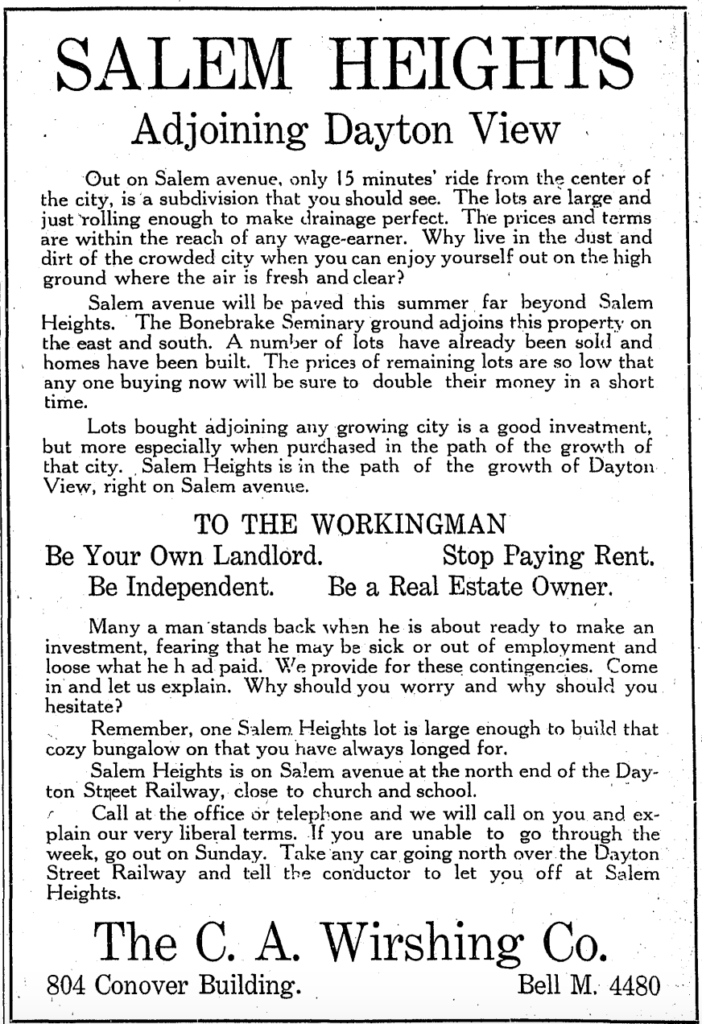
Another newspaper advertisement from May 30 1908 promoted “Manhattan;” not pricey NYC real estate but rather a new residential plat centered around Manhattan Avenue in what is today considered to be the Five Oaks neighborhood.
The ad called it “the choicest part of beautiful Dayton View,” with “no steam railroads, no factory noise and smoke, pure air, and perfect health.”
It also included a map showing the available lots:
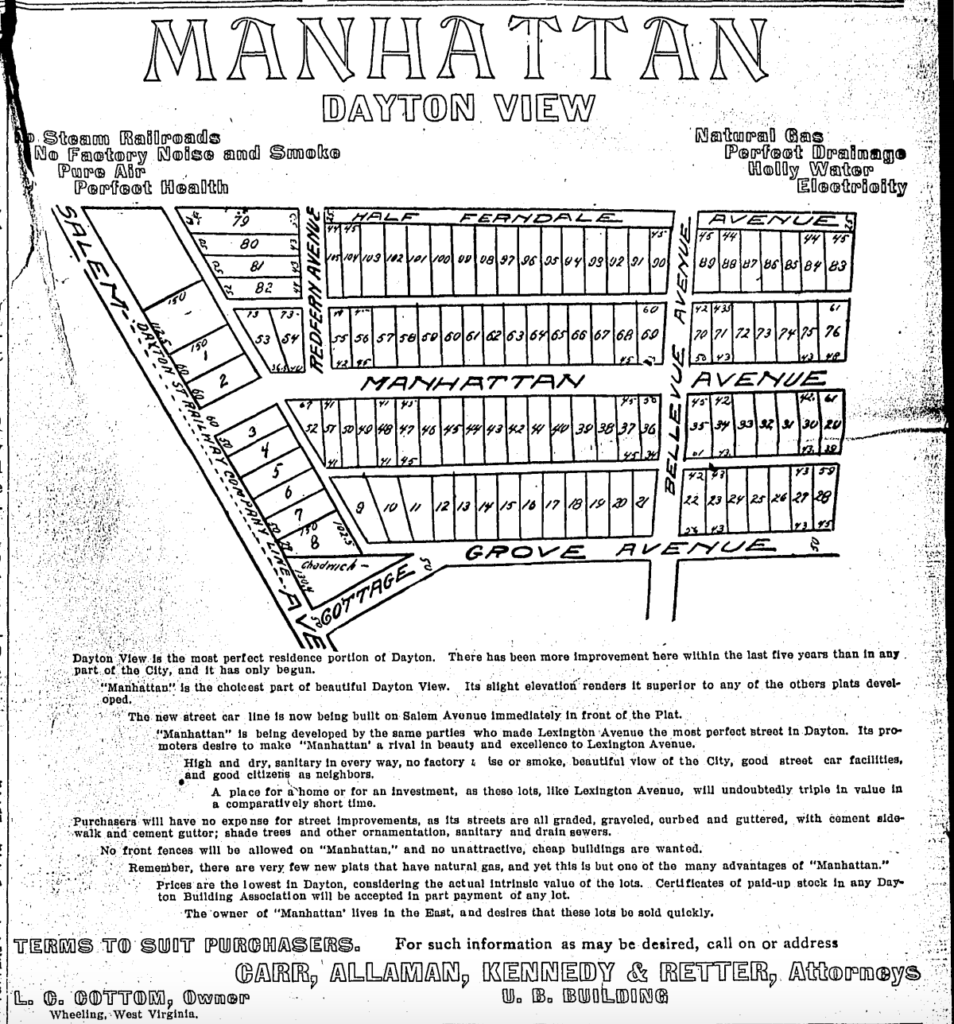
It’s also interesting to note that these ads predate the 1913 flood. That monumental event would greatly accelerate the movement of Daytonians away from downtown and into areas like Dayton View that would be safe from any future disasters.
The Salem Heights ad, in fact, assures readers that the subdivision is “high and dry,” just months before floodwaters would engulf the downtown vicinity.
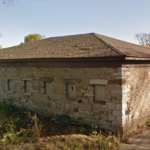

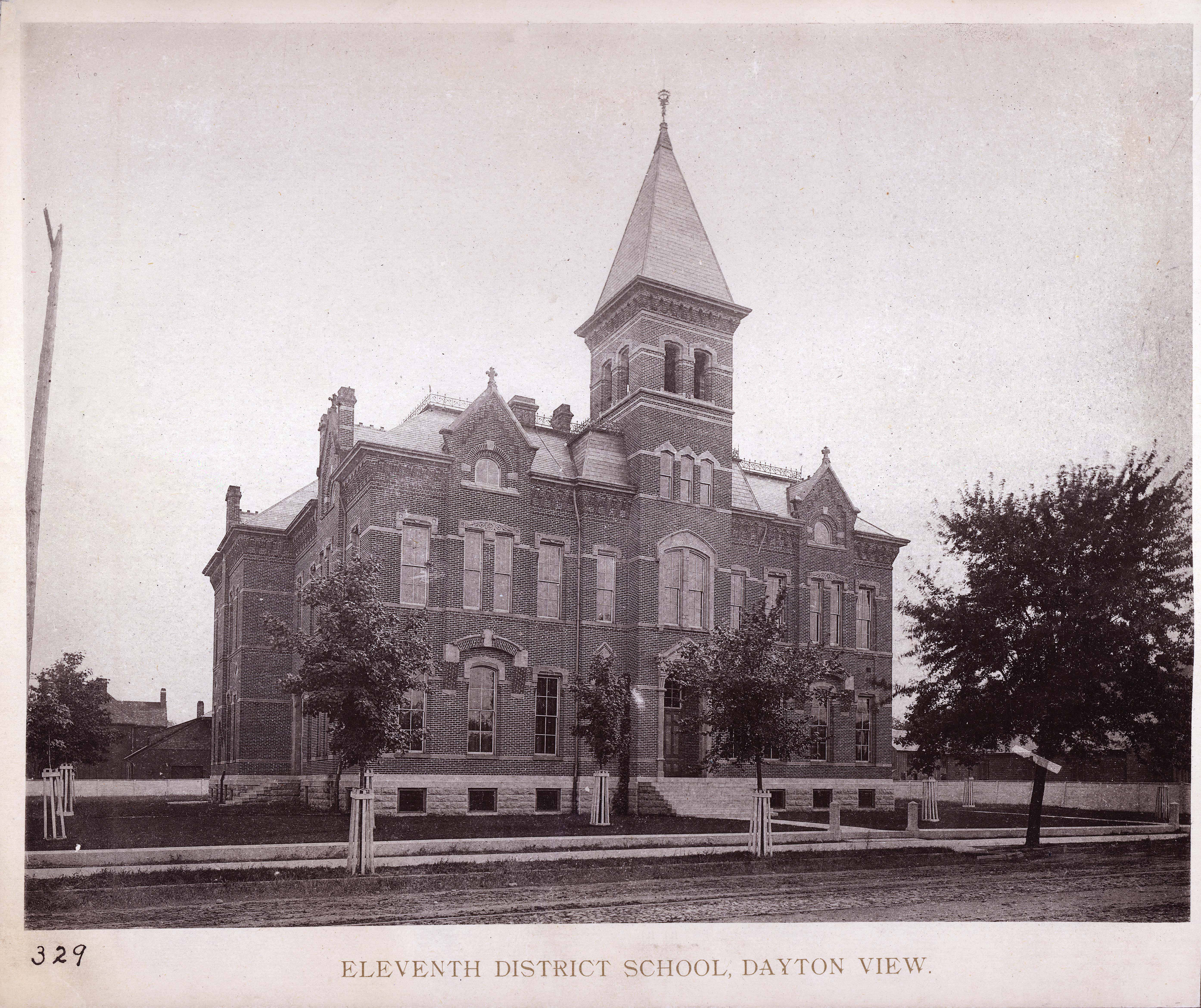
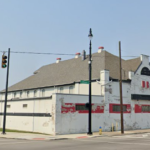
Leave a Reply